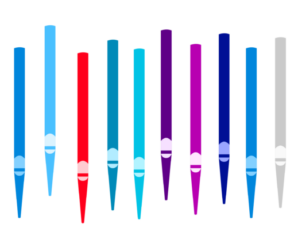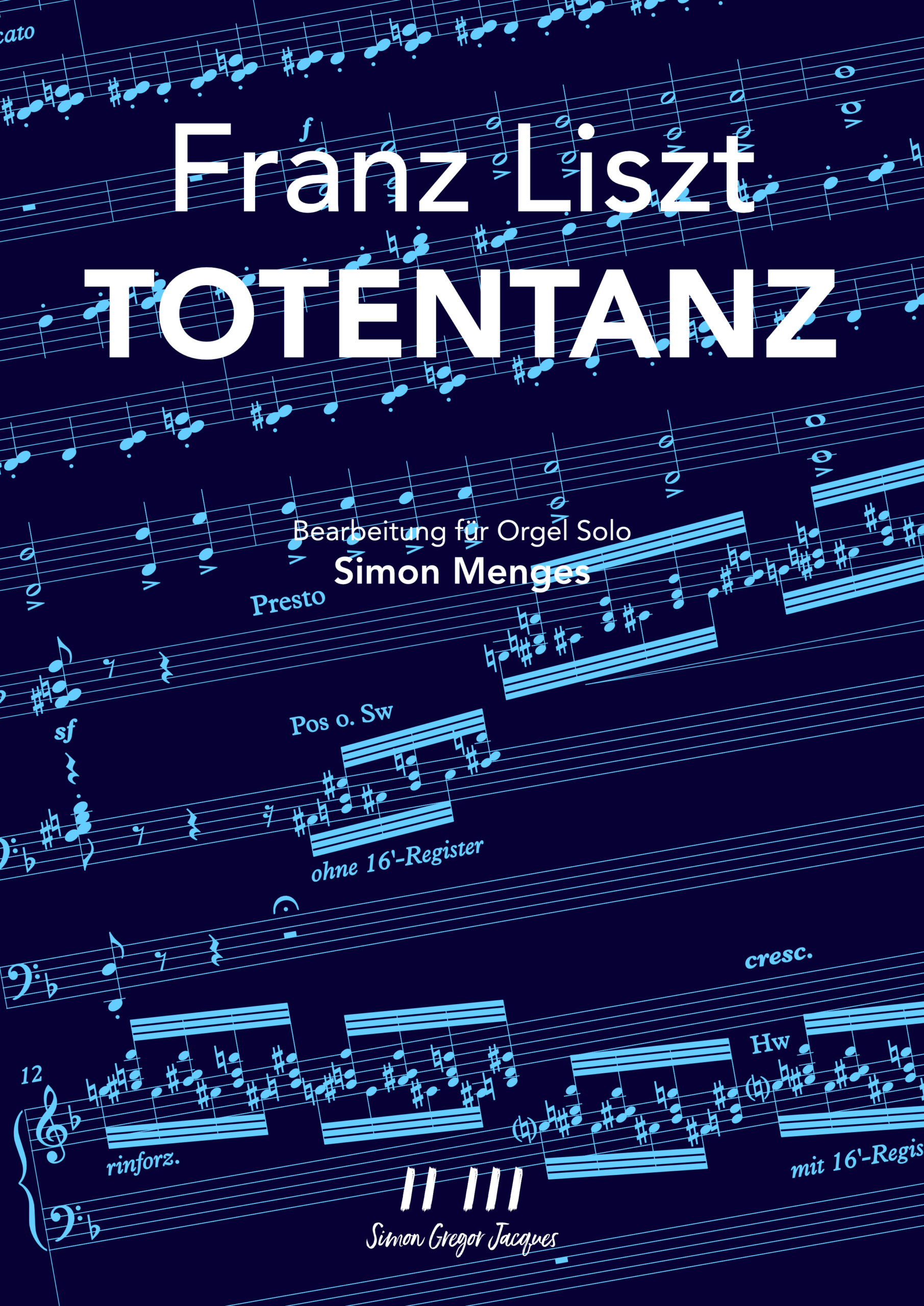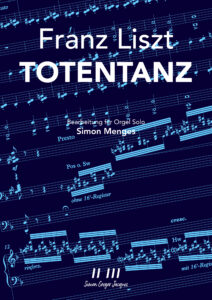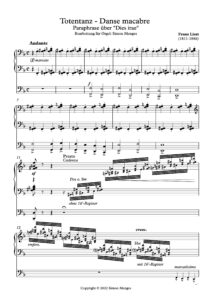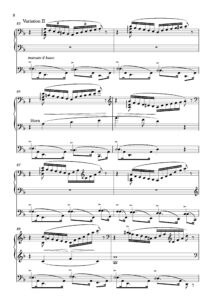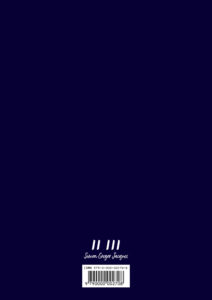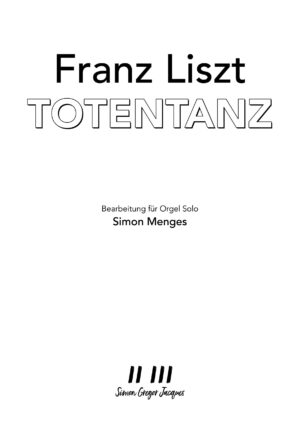Printed Edition | Franz Liszt – Totentanz (Bearbeitung für Orgel Solo)
CHF30.00
Beschreibung
Diese Ausgabe ist
– gedruckt auf hochwertigem Papier,
– hat eine langlebige Fadenbindung
– und einen Umschlag aus robustem 240g-Papier mit Cellophanierung.
Die Inspiration zur Komposition des Totentanzes erhielt Franz Liszt bei einem Besuch in Pisa im Jahr 1839. Beim Anblick des Wandgemäldes Trionfo della Morte (Triumph des Todes) von Andrea Orcagna auf dem Campo Santo in Pisa fielen dem Komponisten nach eigener Aussage unmittelbar die gregorianische Melodie des Dies irae und einige Variationen dazu ein.
Skizziert hat Franz Liszt den Totentanz, bereits 1839 in Pisa. 1847-1849 vervollständigte und instrumentierte er das Werk, das auch unter dem Titel Danse macabre und Paraphrase über das Dies irae bekannt ist. In den folgenden Jahren überarbeitete er das Werk mehrfach. 1859-1865 entstanden eine zweite Version für Klavier und Orchester, eine Fassung für zwei Klaviere sowie eine Fassung für Klavier solo.
Da Stephen Tharp seine Transkription nicht aufgeschrieben hat, habe ich im Laufe der Jahre meine eigene Fassung des Totentanzes für Orgel solo erarbeitet, die nun in dieser Ausgabe vorliegt. Sie ist sowohl eine Hommage an Franz Liszt als auch an den grossartigen Orgelvirtuosen Stephen Tharp und ist eine grossartige Ergänzung zu Franz Liszts Originalkompositionen für Orgel.
Simon Menges
Arbon/Schweiz, September 2022
This is edition is
– printed on high quality paper,
– has a long lasting sewn binding
– and a robust 240g paper, cellophane coated cover.
Franz Liszt has been inspired to his composition Totentanz during a visit to Pisa in 1839. The gregorian melody of Dies irae and some variations on it came to the composers mind immediately, when he saw the fresco Trionfo della Morte (Triumph of Death) by Andrea Orcagna on Campo Santo in Pisa.
Franz Liszt already made sketches of his Totentanz during his stay in Pisa in 1839. In 1847-1849 he completed and orchestrated the work, also known as Danse macabre and Paraphrase on the Dies irae. In the following years he revised the work several times. A second version for piano and orchestra, a version for two pianos and a version for piano solo were written between 1859 and 1865.
As Stephen Tharp did not write down his transcription, over the years I have worked out my own version of the Totentanz for solo organ, which is now available in this edition. It pays homage both to Franz Liszt and to the great organ virtuoso Stephen Tharp, and is a great complement to Franz Liszt’s original compositions for pipe organ.
Simon Menges
Arbon/Switzerland, September 2022
Zusätzliche Informationen
| Gewicht | 0.17 kg |
|---|---|
| Größe | 23.5 × 32 × 1 cm |
